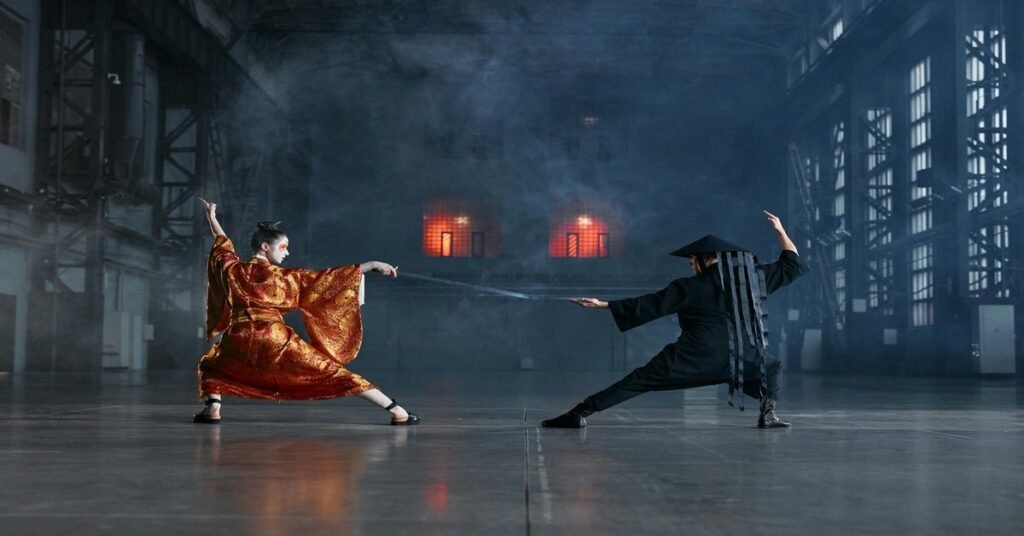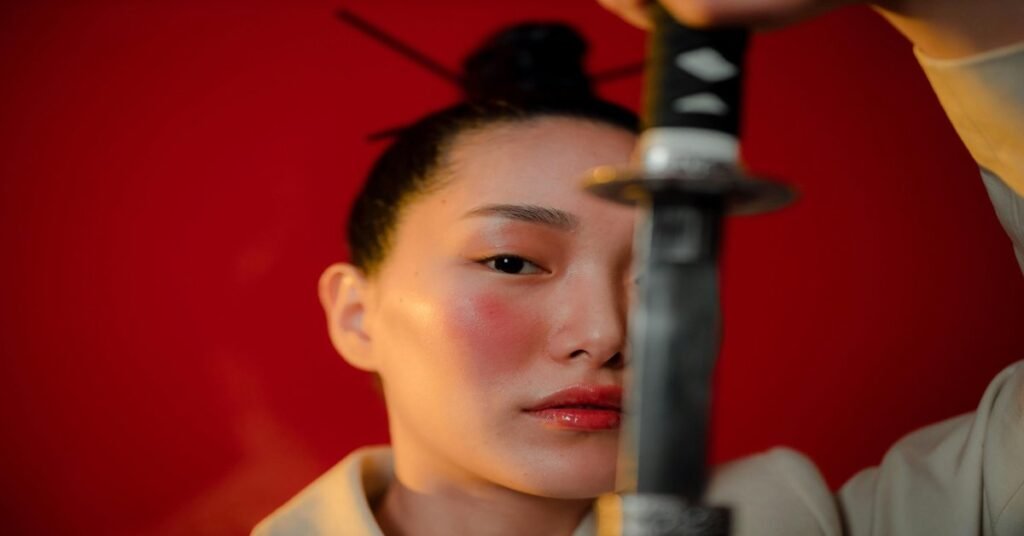The Honangen sword evokes imagery of ancient battles, skilled samurai, and a deep cultural legacy. Though not as famous as iconic swords like the katana, the Honangen is believed to hold a special place in Japanese history. This article explores its origins, distinctive features, and cultural significance.
What is the Honangen Sword?
The Honangen sword is often thought to be connected to traditional Japanese blades like the katana or tachi, which were wielded by samurai warriors. While not a specific type of sword documented in historical records, the term “Honangen” likely refers to ceremonial or prestigious blades used in significant rituals or as honorary gifts. In Japan, swords transcend their role as weapons, symbolizing power, honor, and exceptional craftsmanship.
Historical and Cultural Significance

Japan has a long-standing history of sword-making, with swords embodying not just martial skill but also cultural values and historical importance. The Honangen sword, though less documented, is tied to these rich traditions:
- Rituals and Ceremonies: Swords were often given as offerings to temples or presented to high-ranking officials, symbolizing status and reverence. The Honangen could have been part of such ceremonial practices, representing a gesture of loyalty or honor.
- Samurai Traditions: The samurai regarded their swords as extensions of their identity. Blades such as the Honangen would have been revered, carefully preserved, and passed down through generations, treasured for their historical and cultural value.
- Art of Swordsmithing: The crafting of Japanese swords is a meticulous art form passed down for centuries. If the Honangen existed, it would have been forged using high-quality steel by skilled swordsmiths following traditional techniques, signifying the blade’s superior craftsmanship.
Unique Characteristics of the Honangen Sword
Although historical details about the Honangen sword remain elusive, it is associated with features that are emblematic of high-quality Japanese swords:
- Curved Blade Design: Traditional Japanese swords, such as the katana, feature a curved, single-edged blade designed for effective cutting. The Honangen would likely follow this design, with a slight curvature enhancing its handling and precision.
- Folded Steel Construction: Japanese swordsmiths often used a technique involving repeated heating and folding of steel to create a resilient and sharp blade. This process also resulted in unique patterns on the blade, known as “hada,” which served both aesthetic and functional purposes.
- Symbolic Decorations: Swords in Japan are not just functional; they often feature decorative elements, such as intricately carved guards (tsuba) or ornate hilt wrappings (tsuka-ito). If the Honangen was a ceremonial blade, it may have included elaborate embellishments to signify its cultural importance.
Honangen Sword in Modern Times

The legacy of Japanese swords like the Honangen continues today, with traditional craftsmanship kept alive by modern swordsmiths and martial artists. While authentic swords like the Honangen may only be found in private collections or museums, their cultural significance persists.
Collecting Japanese Swords
Enthusiasts and collectors value Japanese swords for their historical significance, craftsmanship, and connections to famous swordsmiths. If the Honangen exists within this realm, it would be a valuable piece, representing a connection to Japan’s past.
Martial Arts and Ceremonial Use
While martial artists practicing disciplines like Kendo or Iaido typically train with replica swords, authentic blades like the Honangen would be used primarily for ceremonial display rather than practical use. Such swords are prized for their historical and cultural symbolism.
Conclusion
Though its exact origins remain shrouded in mystery, the Honangen sword captures the spirit of Japanese history and artistry. Whether it refers to a ceremonial blade or serves as a broader symbol of Japan’s sword-making legacy, the Honangen represents a link to a time when honor and craftsmanship defined the blade. For enthusiasts of Japanese culture, samurai traditions, or the art of swordsmithing, the Honangen serves as a bridge to a storied past.
Frequently Asked Questions About the Honangen Sword
The term “Honangen” does not appear in widely recognized historical texts. It is likely used to describe a ceremonial or culturally significant blade, which may have been part of Japan’s sword history without widespread documentation.
Japanese swords are renowned for their craftsmanship, unique design, and cultural significance. Techniques such as folded steel construction and distinctive blade curvature make them highly prized among collectors and martial artists.
While replicas of the Honangen sword may not be common, skilled sword makers who specialize in traditional Japanese blades might be able to craft a custom version inspired by the Honangen’s reputed characteristics. Collectors can commission replicas that reflect the craftsmanship typical of ceremonial swords.
To gain insights into the history and significance of Japanese swords, consider visiting museums with Japanese collections, practicing traditional martial arts, or exploring literature on sword-making and samurai culture.
